This blog post is excerpted from “Making Magic in Fiction,” a craft guide created for The Inkwell in October 2024.
When we think of magic in fiction, I’d imagine most of us go straight to Harry Potter, Lord of the Rings, A Court of Thorns and Roses, and the like. But magic shows up in more than just fantasy. We’ll start there, but we’ll also take a look at several other genres where readers will expect to find magic.
(Note: This list is not exhaustive. I could go on for days and days listing subgenres and sub-subgenres, but none of us want that. Instead, I’ve tried to limit the focus to the most common and, believe it or not, basic magical genres.)
Fantasy
In fantasy, magic tends to serve as the foundation for both world-building and plot. It’s the central force of the novel, and the magic system and its rules are typically well defined with clear effects on the narrative. Of course, that can mean different things in different fantasy subgenres. Here are just a few:
High Fantasy is typically set in a world (or realm) that is not our own. In these worlds, entire civilizations, creatures, and societies are often defined by their magical properties and/or capabilities. In these novels, magic often feels grand and ancient. Without it, the world and its inhabitants would be lost.
High Fantasy Series: Lord of the Rings by JRR Tolkein, Throne of Glass by Sarah J Maas, His Dark Materials by Philip Pullman
Urban Fantasy builds a magical world on top of a contemporary urban setting—usually a magical version of a real city. The magic in these novels can resemble high fantasy (a defining characteristic of the world as a whole), or it can be more “underground,” with characters balancing day jobs with demon fighting, for example. These novels can be futuristic, dystopian, both, or…neither.
Examples: Divergent by Veronica Roth, Crescent City by Sarah J Maas, Ninth House by Leigh Bardugo, Rivers of London by Ben Aaronovitch
Dark Fantasy turns magic into a source of fear and moral ambiguity. It might include gothic and/or horror elements, with magic that is dangerous, corrupting, or tied to some evil force. As you might have guessed, high fantasies, urban fantasies, and many other kinds of fantasies can be dark, too. There is definitely overlap between these genres. Note, however, that while many horror novels use fantasy elements, (think: The Shining, Pet Sematary, etc.), dark fantasy and horror are really different genres. In short, dark fantasy tends to feature magic in a grim, morally ambiguous world, while horror novels focus primarily on evoking fear, with or without the presence of magical or supernatural elements.
Examples: Coraline by Neil Gaiman, Interview with the Vampire by Anne Rice, Mexican Gothic by Silvia Moreno-Garcia
Magical Realism and Fabulism
In contrast to the in-your-face nature of magic in fantasy novels, magical realism and fabulism offer a more subtle magic—one that integrates almost seamlessly into the real world and is often perceived as completely normal by both those who possess magic and those who don’t. Both genres are less focused on creating defined magical systems and more about using magic to highlight deep emotional truths or societal commentaries.
Magical realism, specifically, has its roots in Latin America, with authors like Gabriel García Márquez and Jorge Luis Borges as its pioneers. This genre put Latin American literature on the map in the 1950s through ‘70s, shining a global spotlight on the region’s cultures, folklore, and traditions. And while the genre has expanded to other cultures, it is still very much connected to Latin America at its heart.
Examples: The Cemetery of Untold Stories by Julia Alvarez, The House of the Spirits by Isabel Allende, The Enchanted Hacienda by J.C. Cervantes. (For movies, you can’t do better than Coco and Encanto!)
Fabulism explores the same kind of magic, but outside of the Latin American tradition. These novels blend magic and realism to explore real-world themes and emotions in an almost-surreal way. Sometimes the magic manifests as whimsy that skips along the surface of a story; other times, it cuts deep.
Examples: Beloved by Toni Morrison, The Particular Sadness of Lemon Cake by Aimee Bender, Kafka on the Shore by Haruki Murakami
What Magical Genre Are You Writing In?
For more on adding magic to your novel—whatever genre it is—download the “Making Magic in Fiction” guide here.

